Reportar esta entrada
Más sobre la misma comunidad-colección
Video del cumpleaños de DIGIE - 2016
DIGIE'S Birthday - 2016 - The digital wall's first anniversary ...
Thomas McKay- Entrenador del boxeo
Thomas McKay still has passion for the game. In this photograph, ...
Antyn Vejil Force of Will calificador del campeonato mundial
Photograph - from left to right: Dan Musser (First place winner) ...
Force of Will AGP Dallas semifinalistas
Antyn Vejil (the player featured on the right side) facing off ...
Force of Will AGP Dallas (fuerza de voluntad AGP Dallas)
The Force of Will Top 8 for AGP Dallas 2016. El Paso player ...
1966 equipo de campeonato de Texas Western
Some of the members of the 1966 Texas Western team visited Cole ...
1966 equipo de campeonato de Texas Western
Alumni receiving line for half time presentation of 1966 Texas ...
Celebración del 50 Aniversario
Joe Gomez and Coach Tim Floyd at Hoover House, February 6, 2016, ...
Celebración del 50 Aniversario en la Casa Hoover
Joe and Laura Gomez at the Hoover House celebrating the 1966 ...
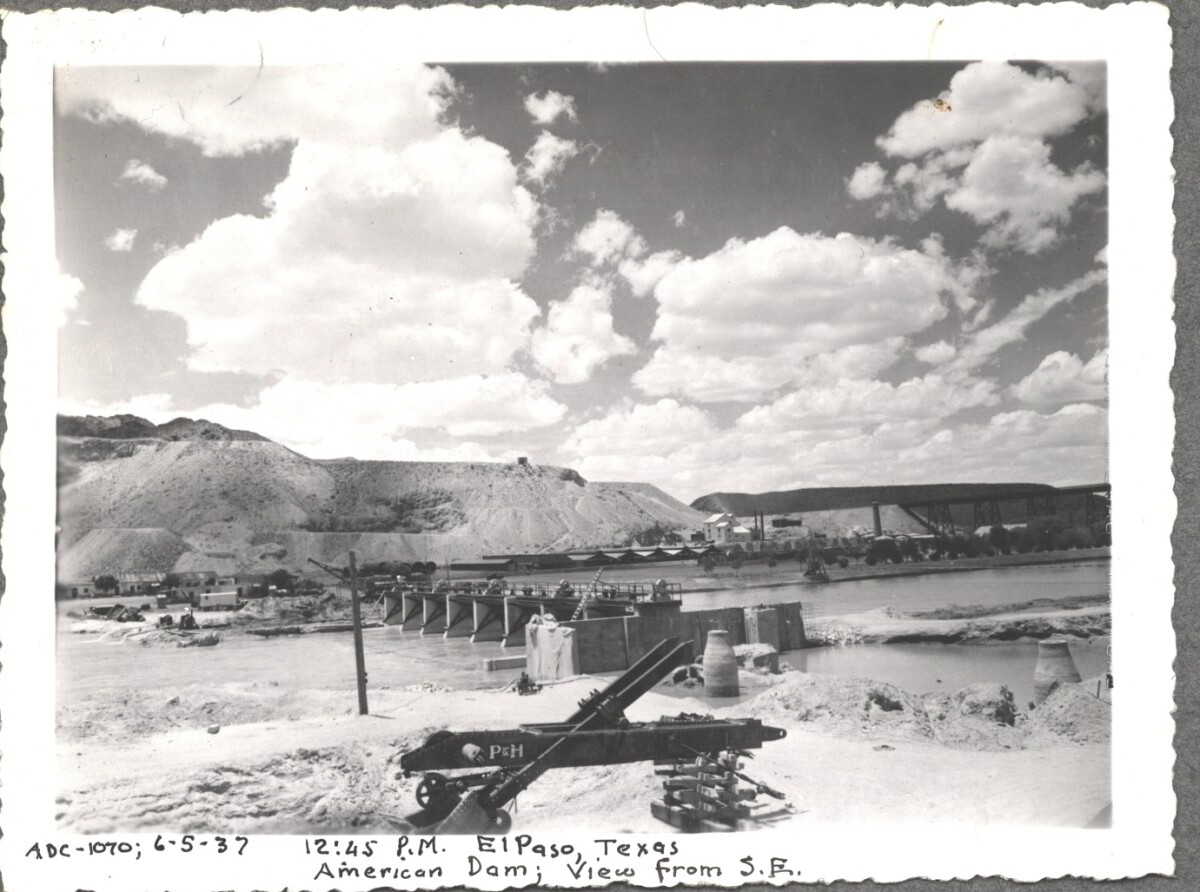

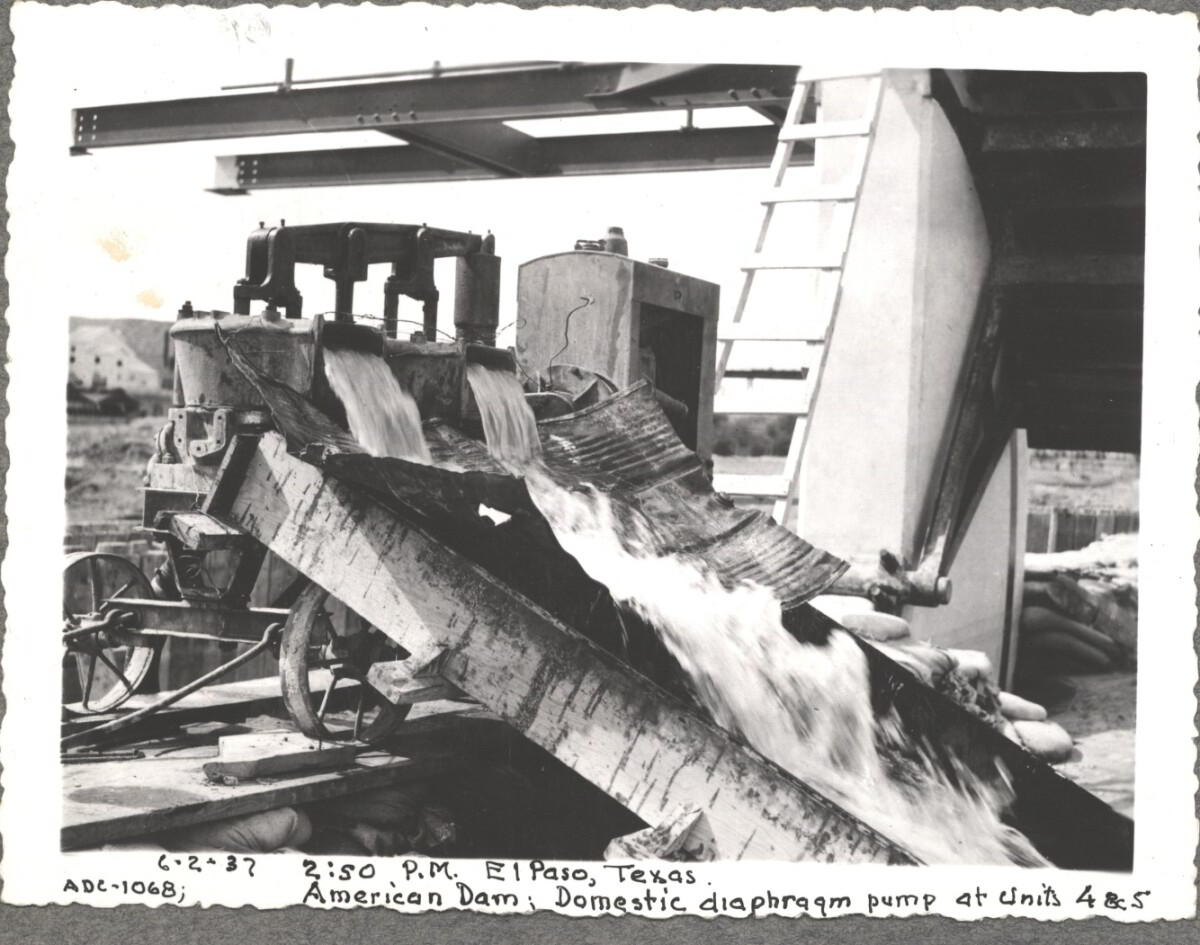
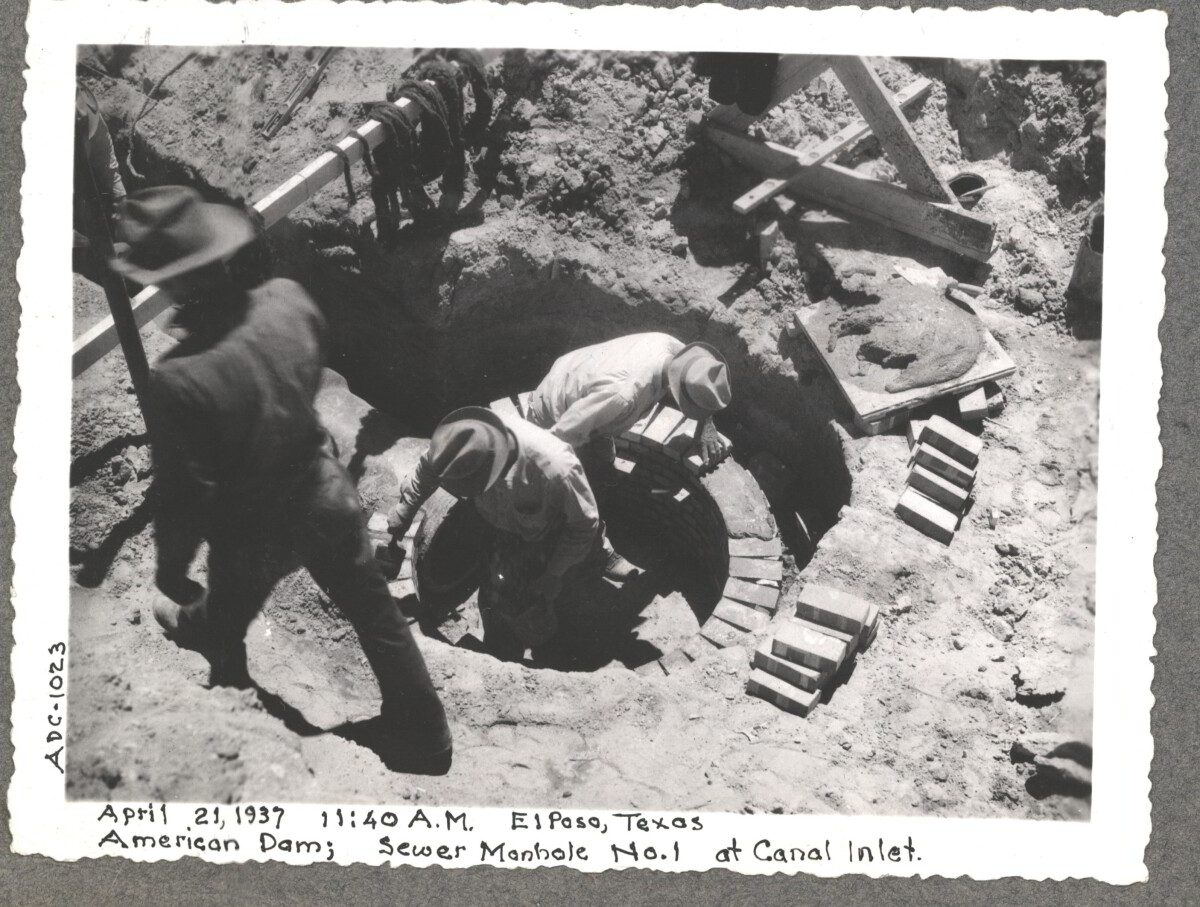
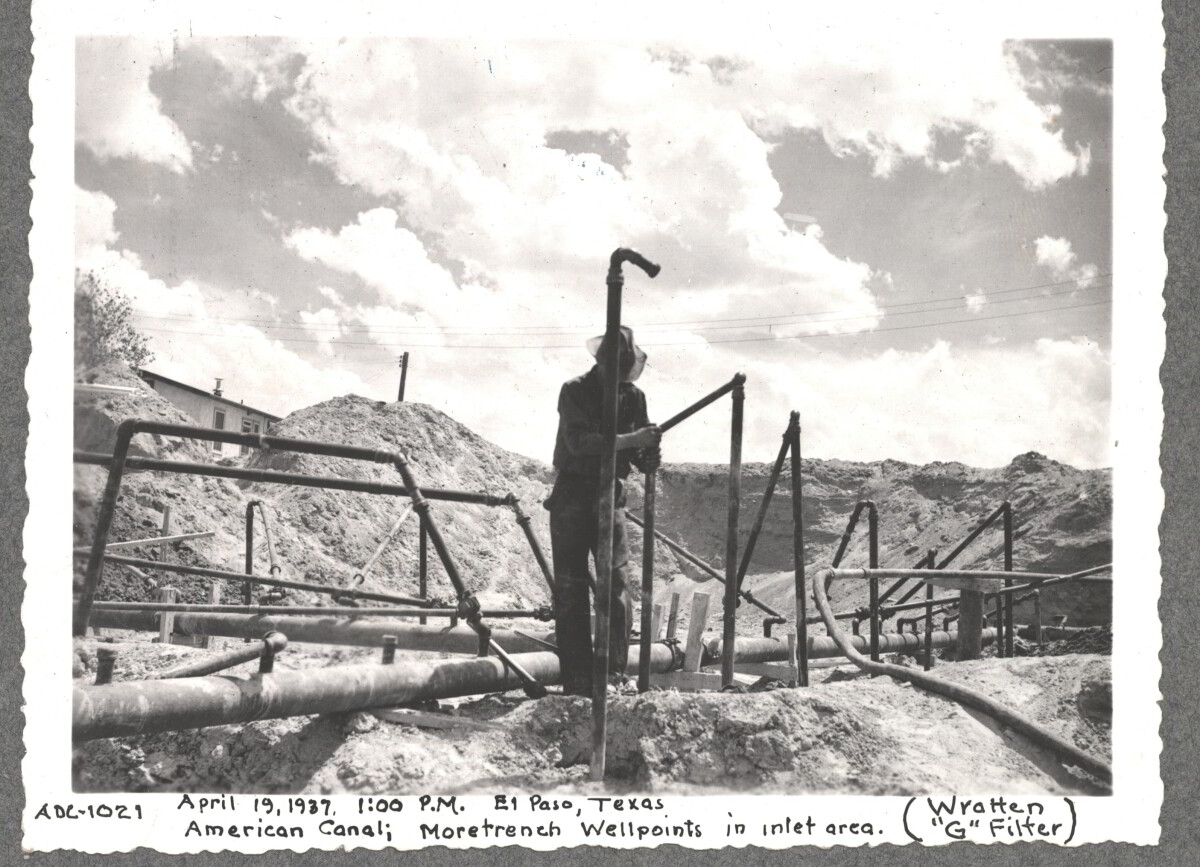
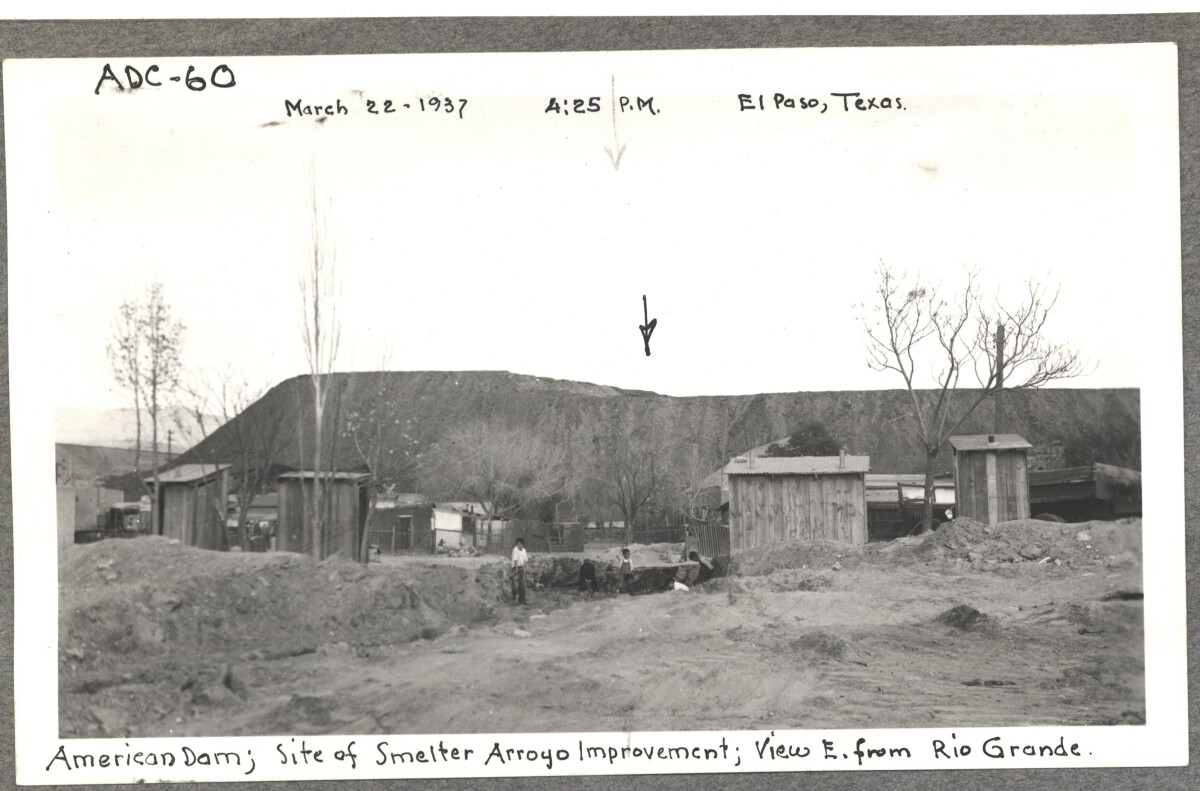
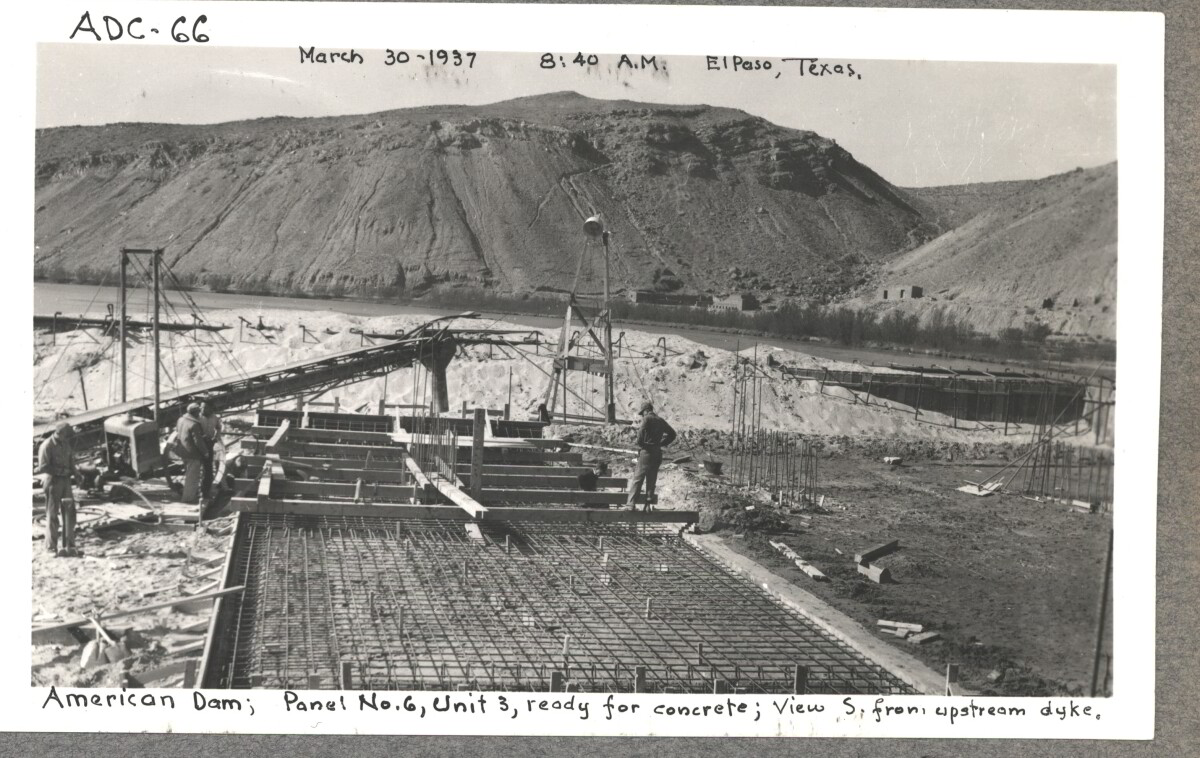
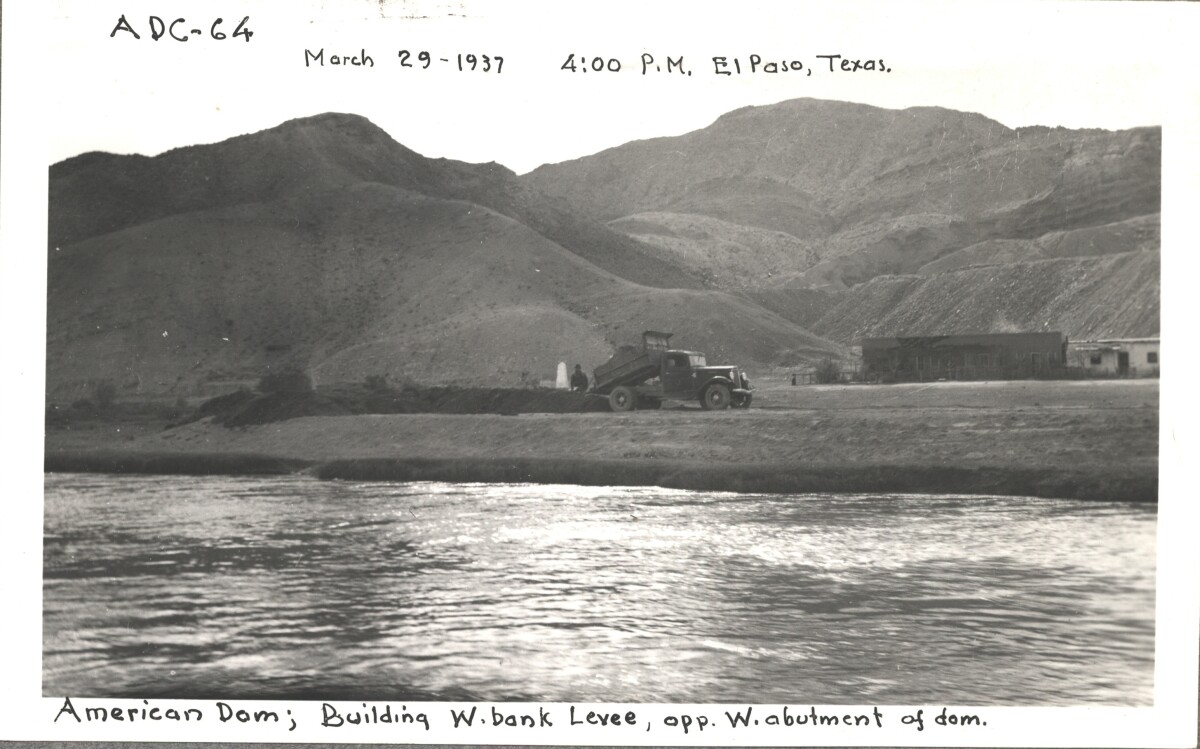
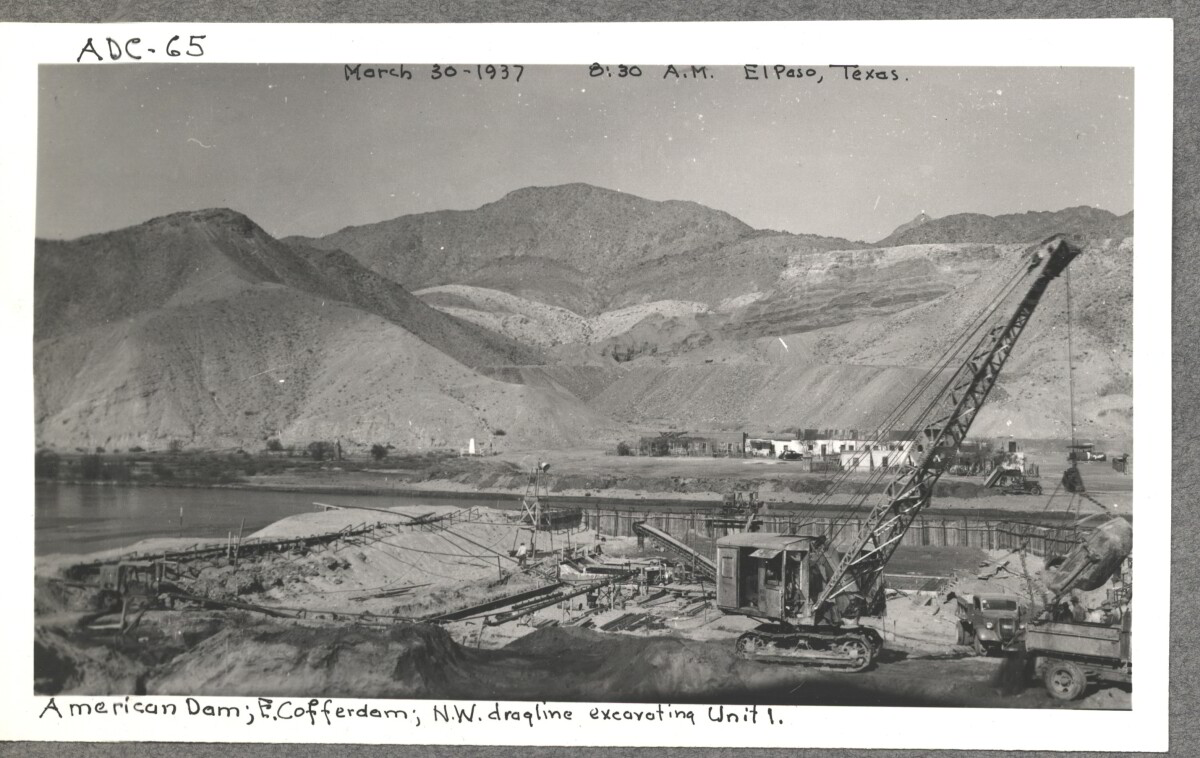
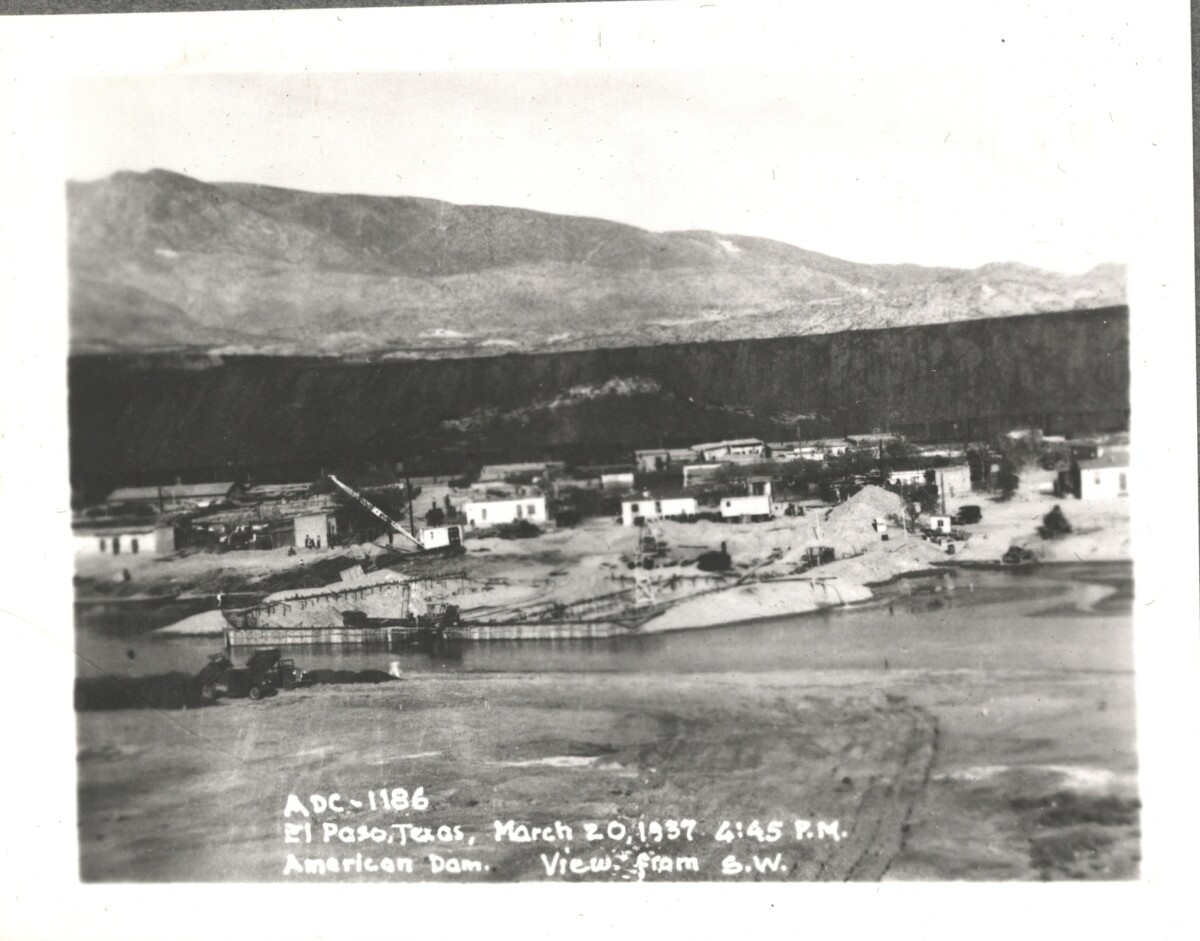
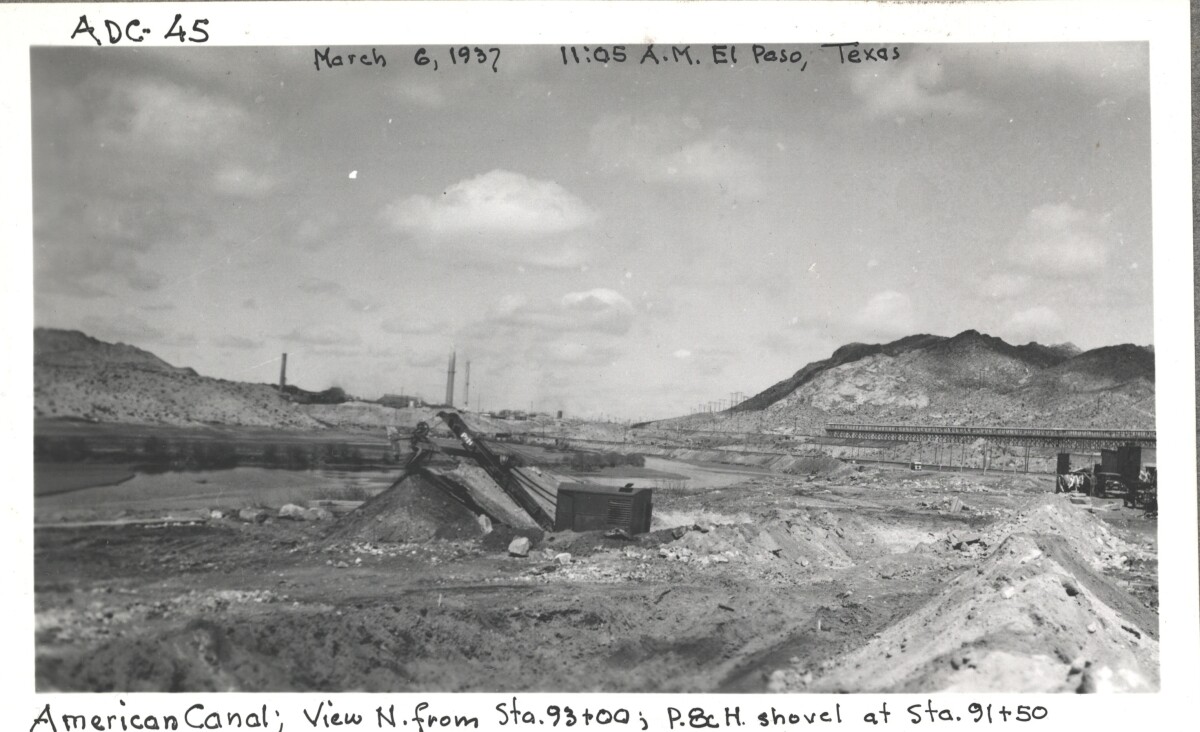
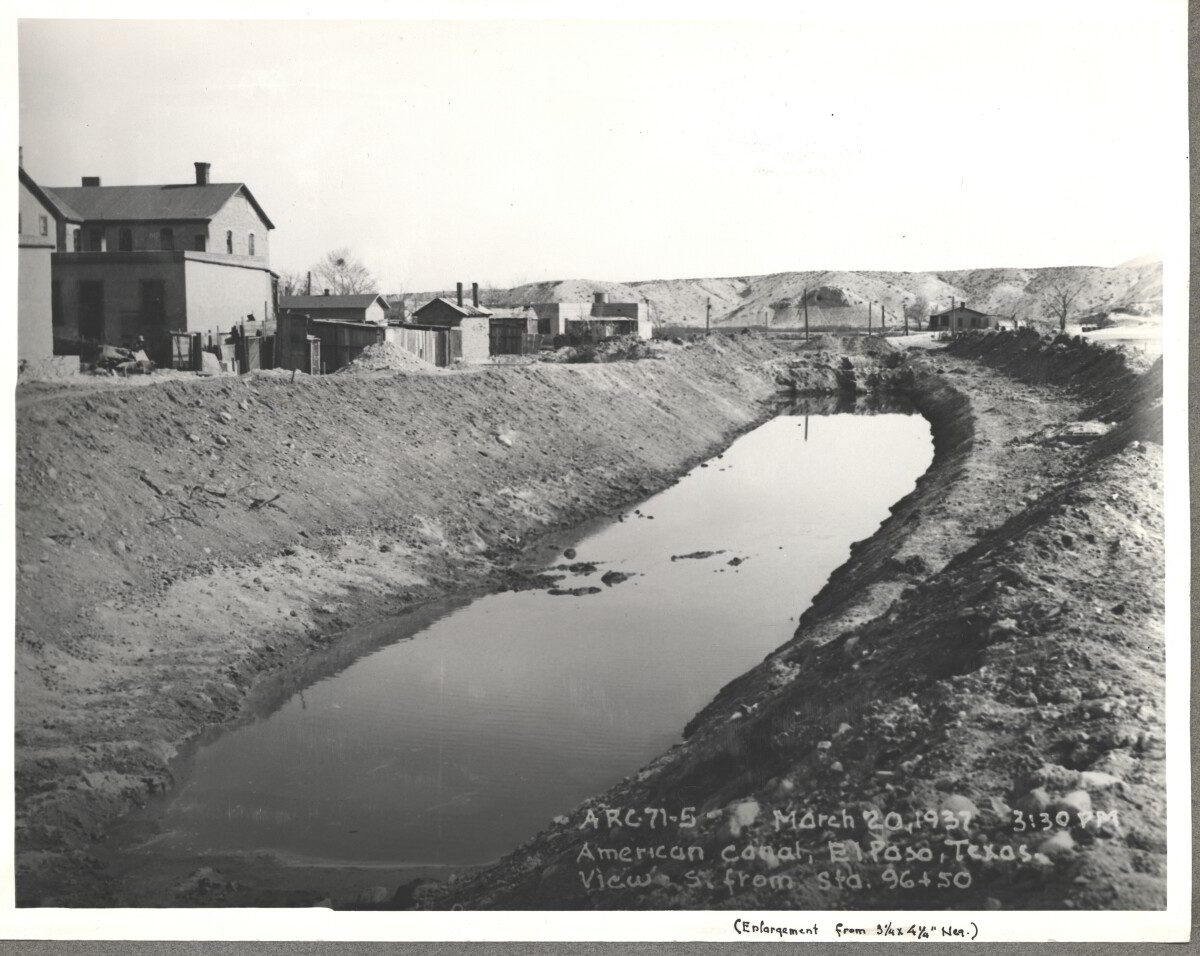
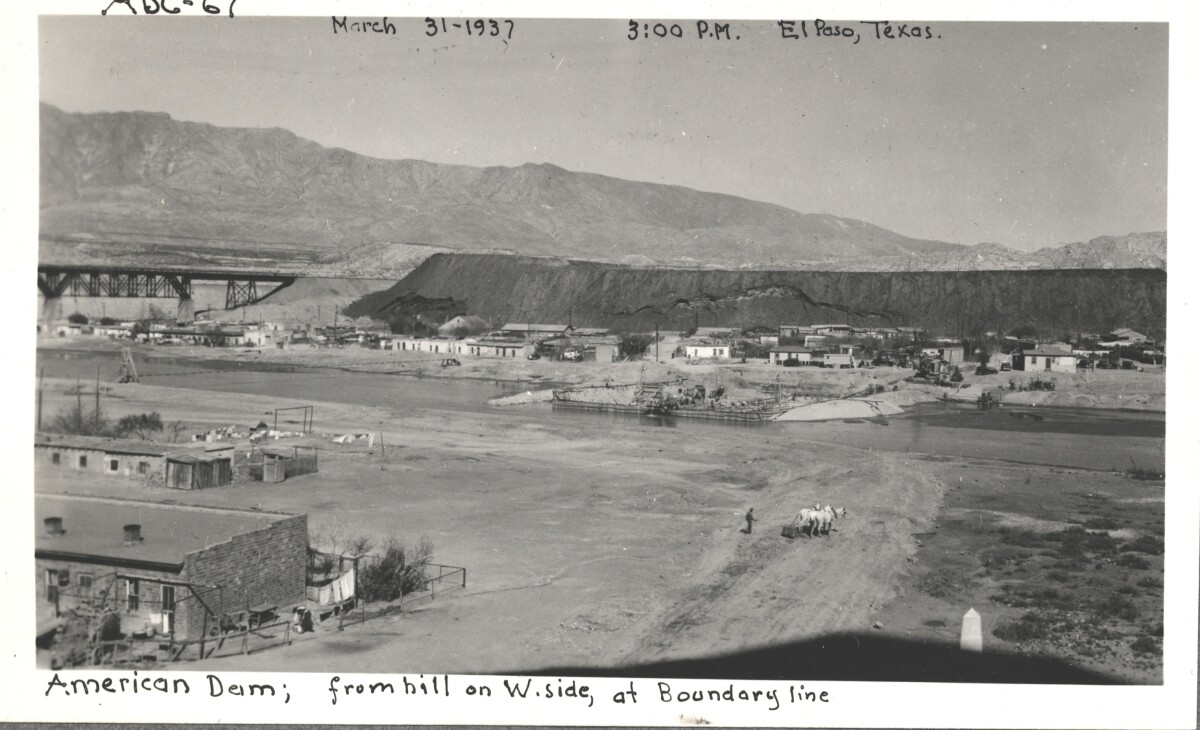
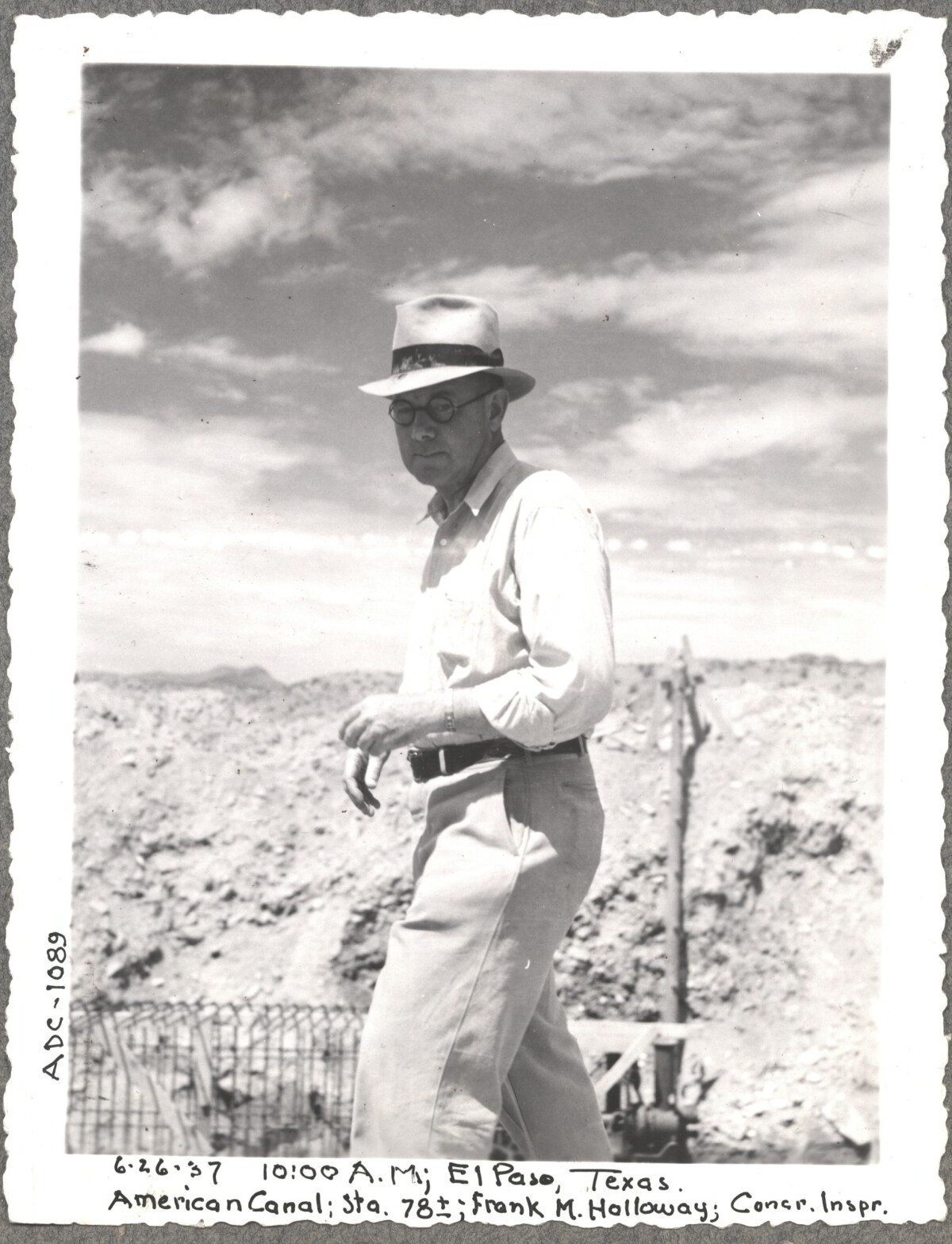
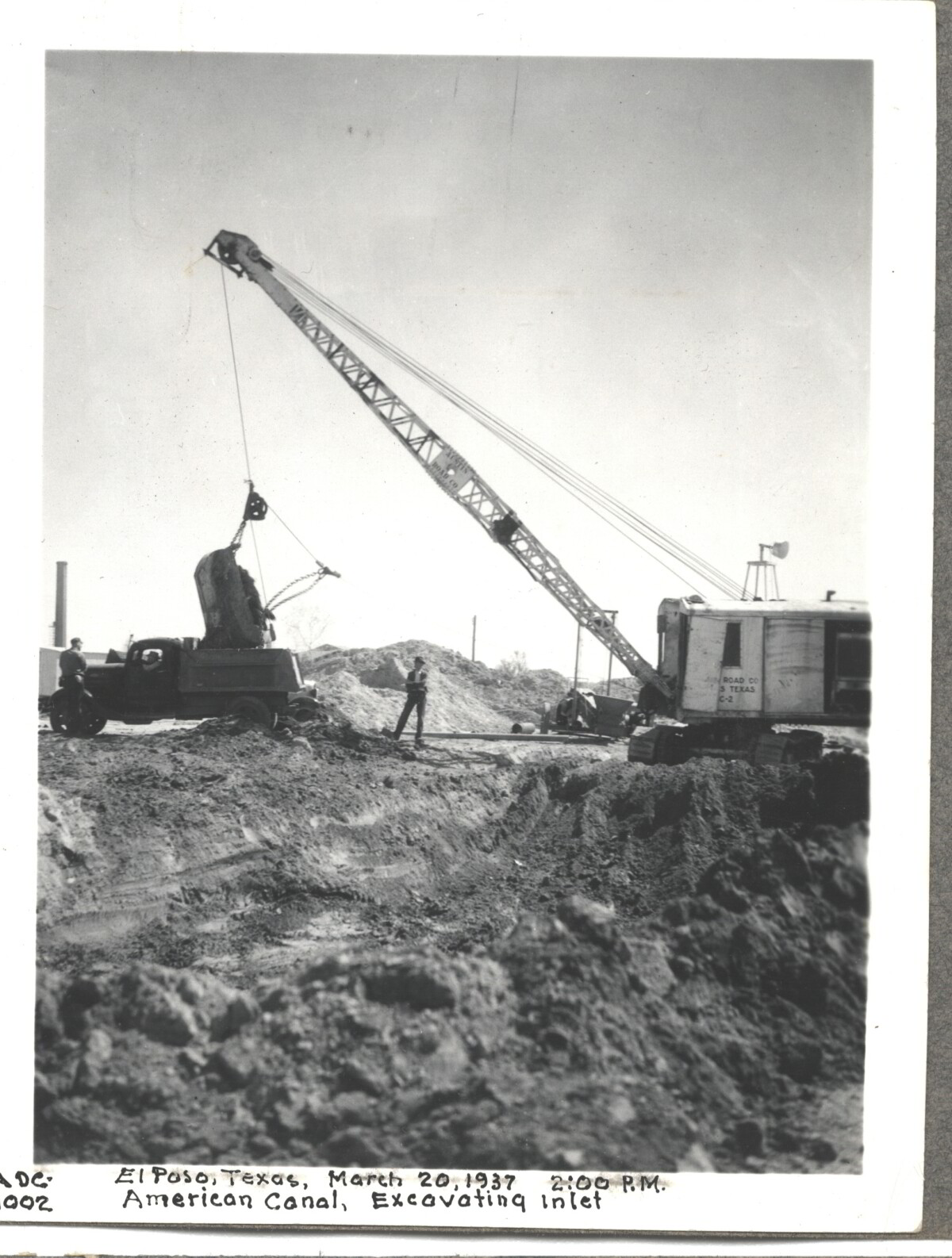
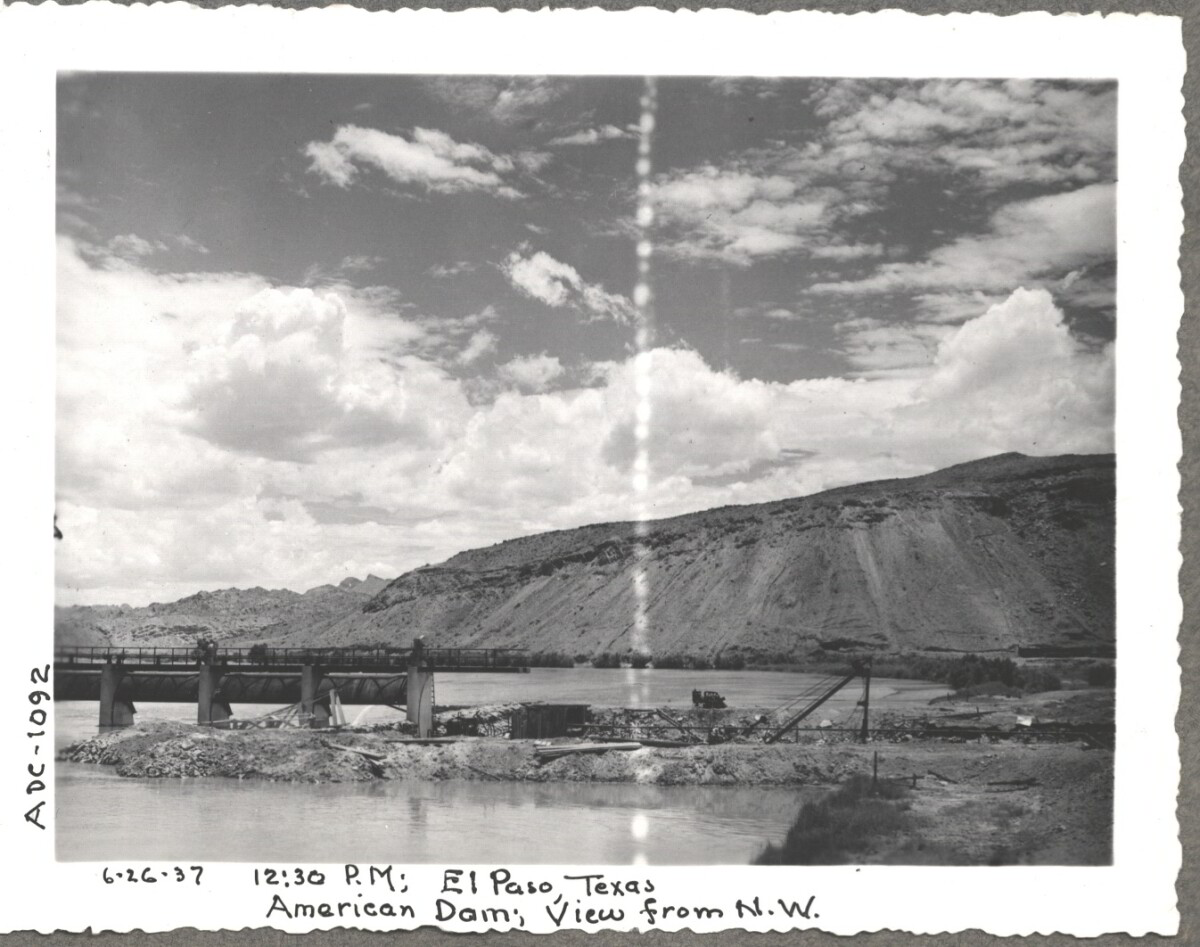
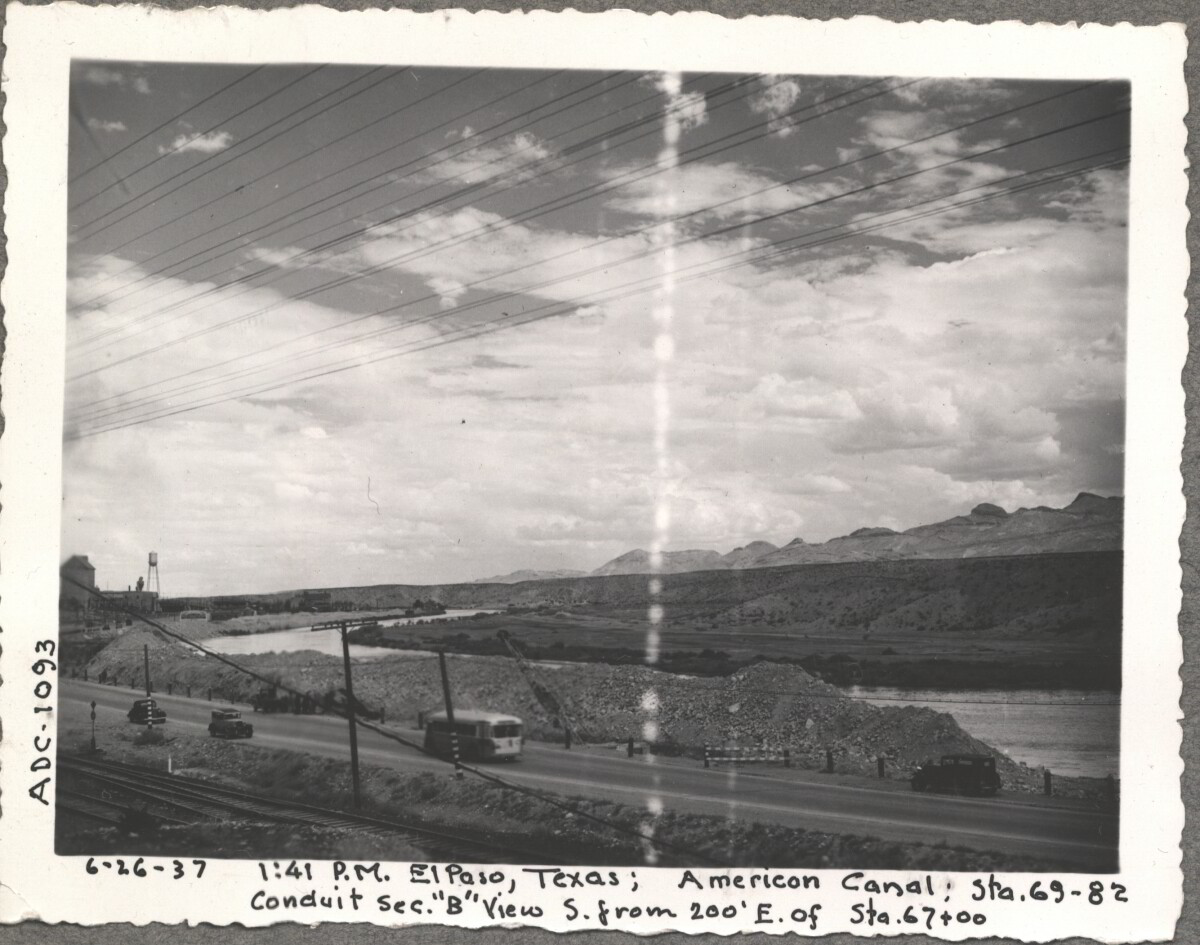

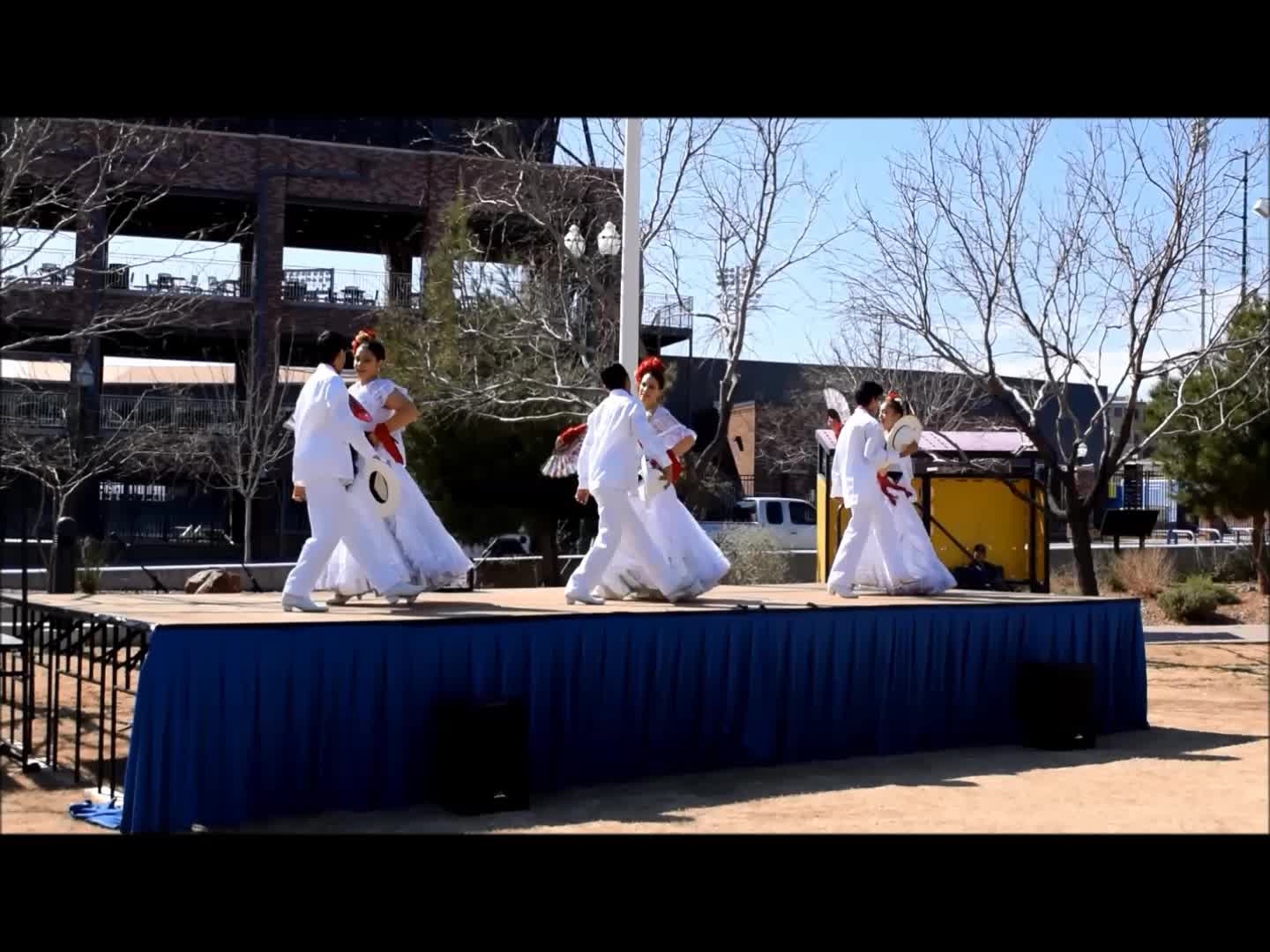

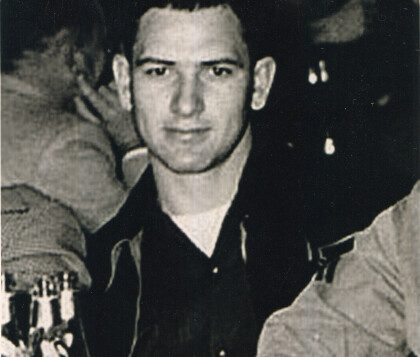


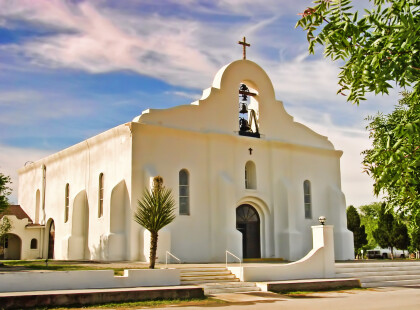



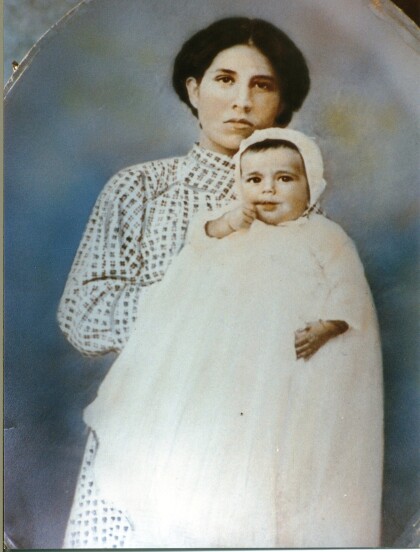
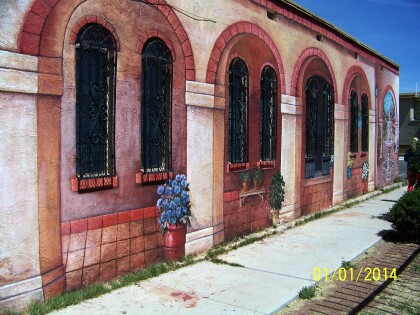
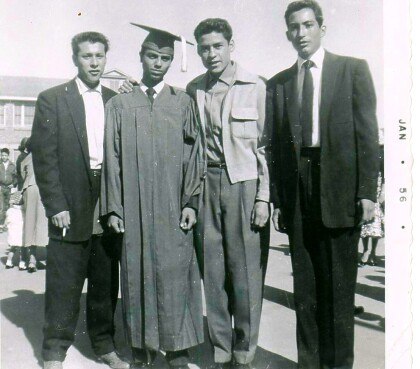




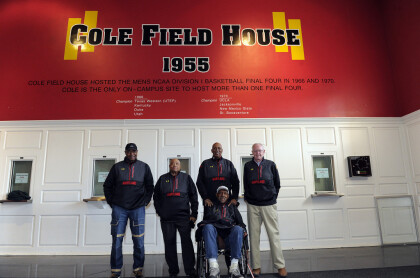

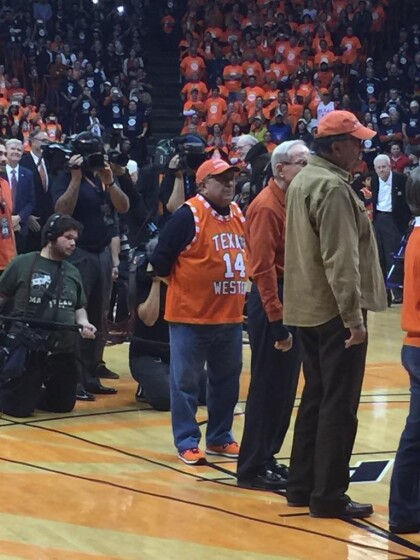

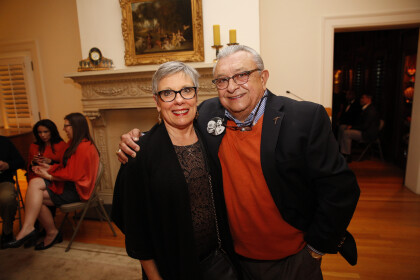
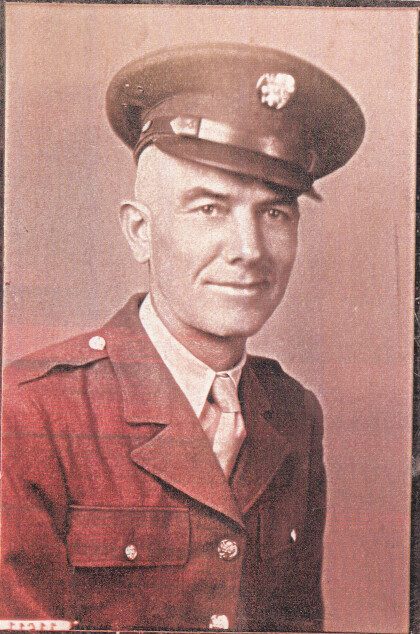
Comentarios
Hacer un comentario